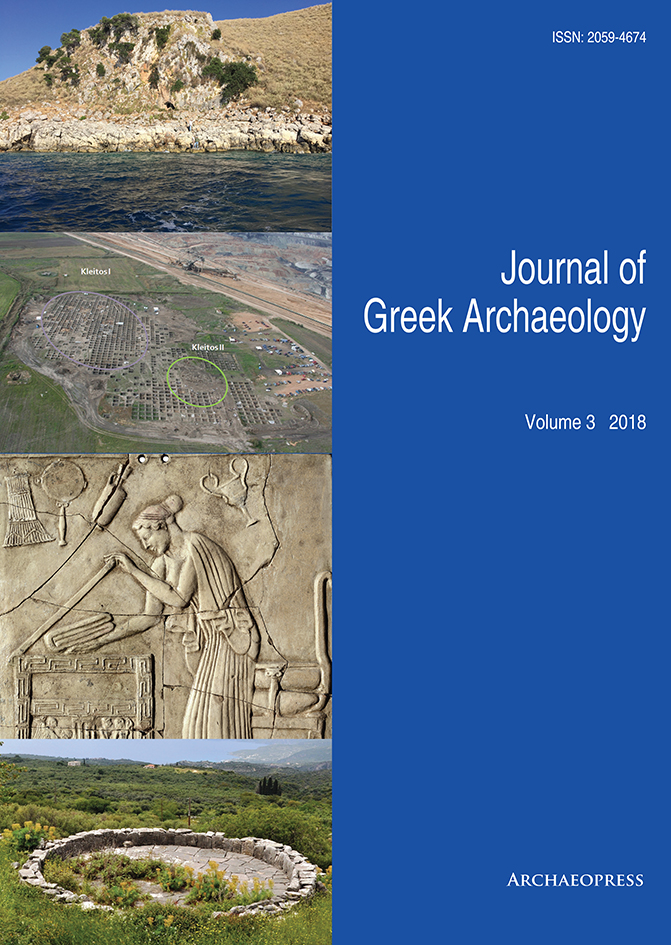Guillaume Biard. La représentation honorifique dans les cités grecques aux époques classique et hellénistique.
DOI:
https://doi.org/10.32028/jga.v3i.555Abstract
Honorificabilitudinity is a bit of a mouthful: since Dante, at least, the Latinate term has been recognized as an overload of syllables. What follows is not a proposal that we use the word more often. Yet some kind of convoluted noun does seem necessary to denote the circular notion of ‘honour’ at once earned and conferred. Act as ‘honourably’ as you will, according to your own standards; but to become ‘honoured’ or ‘honorified’ depends upon a power-structure within society (in Britain this is ‘the Establishment’). So it happens that, just as some individuals are celebrities because they are celebrities, an ‘honours system’ can seem flagrantly remote from the actualities of personal conduct. Certain people are, it appears, born honourable; others gain honour by purchase, flattery, or self-promotion. The paradoxes of honorific culture in our own age warn that the study of honorific monuments in antiquity requires a circumspect approach.
References
Adkins, A.W.H. 1960. Merit and Responsibility: A Study in Greek Values. Oxford: Oxford University Press.
Stewart, A.F. 1979. Attika: Studies in Athenian Sculpture of the Hellenistic Age. London: Society for the Promotion of Hellenic Studies.
Tracy, S.V. 2000. Demetrius of Phalerum: Who was he and who was he not?, in W.W. Fortenbaugh and E. Schütrumpf (eds) Demetrius of Phalerum: Text, Translation, Discussion: 331-345. New Brunswick, NJ: Transaction.






